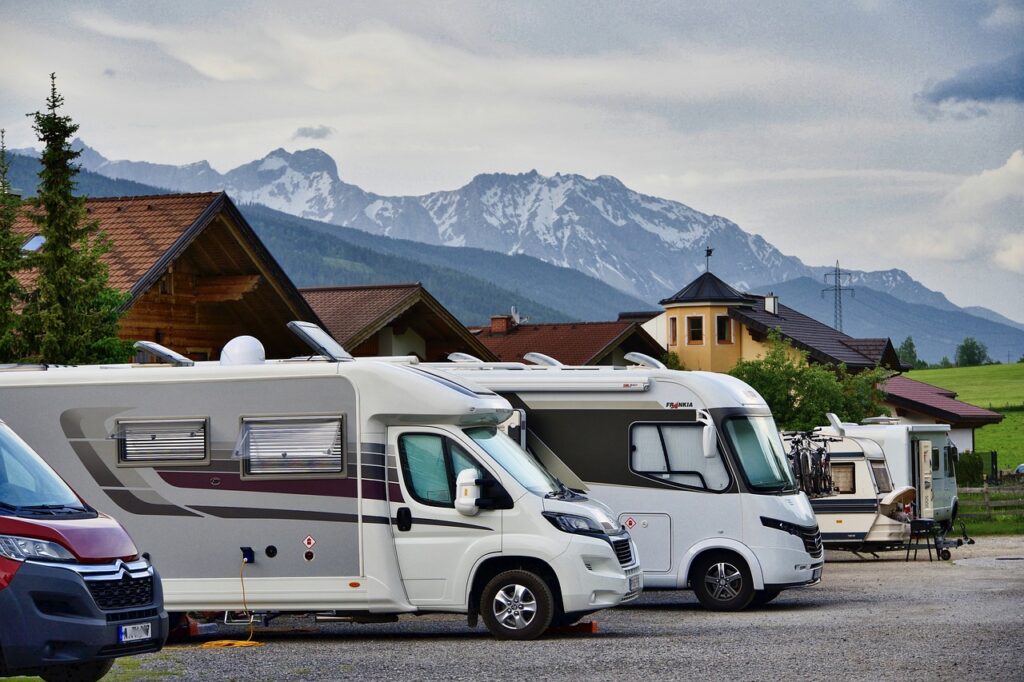Owning an RV means taking special care when it comes to its septic system. In order to keep your RV functioning properly and feeling more like home, it’s important to be knowledgeable about how to maintain a septic system for an RV.
Here, you’ll find all the information you need on the basics of septic systems, maintenance tips, and more.
Table of Contents
ToggleKnow Your RV’s Septic Tank Capacity
It is important to know how many gallons your RV’s septic tank can hold in order to ensure you don’t overload it, leading to issues down the line. A good rule of thumb is that a 30-gallon tank should last for about one week with regular use.
Your RV may have a smaller or larger tank which requires different maintenance timing, so make sure you know your specific tank size and plan accordingly.
Properly Dispose of Wastewater and Fats, Oils, and Grease (FOG)
When emptying or maintaining your storage tank, it is important to properly dispose of wastewater. Wastewater must be sent to a sewer system, RV dump station, approved septic treatment plant, or a licensed recycler.
Additionally, all fatty food waste such as bacon grease and oil should be poured into a heat-resistant container and responsibly discarded when you arrive at the destination. This will help to keep your septic system clean and improve the efficiency of the tank.
Fats, Oils, and Grease (FOG) should never be poured or dumped into your RV’s septic system.
Grease and oils can buildup in the tank, leading to clogs that are both messy and expensive to repair. It is also important not to put hazardous chemicals such as paint products or solvents into the tank. These products can corrode septic systems, causing potentially catastrophic damage.
By keeping up maintenance on your tank and properly disposing of wastewater, you can ensure that your septic system will last longer and provide you with many years of dependable service.
How Often Should You Empty Your RV Septic Tank?
An important factor to consider is the size of the party you are travelling with; an RV full of people might necessitate emptying the tanks every other day, whereas a couple could go for up to a week before needing to do so.
Generally, it’s best to wait until the tanks are about two-thirds full before emptying them – this allows for maximum efficiency when dumping.
However, if your RV has sensors in place to indicate how full your tanks are, take caution: after some years these sensors may no longer function properly and give a false reading, or can become clogged with paper or other waste which affects accuracy.
To ensure that you’re being vigilant about tank levels in such cases, keep track of how much water waste is being accumulated.
Keep Your System Clean and Well-Maintained
Are you a proud RV owner? Keeping your septic system in good working order is important for a worry-free experience. And with easy maintenance, it doesn’t have to be time consuming either.
To start, regularly flush and clean the tanks and make sure to sanitize them. This will help prevent any future issues from developing with your system.
Keeping your septic system clean is essential to its longevity. It is important to be aware of what materials you should and should not flush down your toilet, as well as what items are hazardous to the health of your septic system.
Additionally, regular sweeping, vacuuming, and cleaning will help remove biological buildup in the storage tank. Finally, keeping plants and other vegetation away from the drain field helps reduce any risks of root penetration into the pipes or leaching components.

